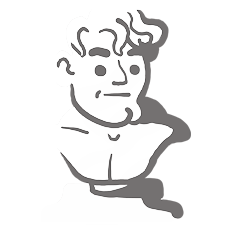Install Steam
login
|
language
简体中文 (Simplified Chinese)
繁體中文 (Traditional Chinese)
日本語 (Japanese)
한국어 (Korean)
ไทย (Thai)
Български (Bulgarian)
Čeština (Czech)
Dansk (Danish)
Deutsch (German)
Español - España (Spanish - Spain)
Español - Latinoamérica (Spanish - Latin America)
Ελληνικά (Greek)
Français (French)
Italiano (Italian)
Bahasa Indonesia (Indonesian)
Magyar (Hungarian)
Nederlands (Dutch)
Norsk (Norwegian)
Polski (Polish)
Português (Portuguese - Portugal)
Português - Brasil (Portuguese - Brazil)
Română (Romanian)
Русский (Russian)
Suomi (Finnish)
Svenska (Swedish)
Türkçe (Turkish)
Tiếng Việt (Vietnamese)
Українська (Ukrainian)
Report a translation problem
























Great Guide, great work. You definitively didn't waste your time.
Well built, well written. Vague enough to not spoil, enough precise to understand what is being said and addressed here.
I hesitated to consult a guide (to not be spoiled), as I searched only the limit of the character's level to begin to open my collection of rewards I put aside for and to ameliorate my stuff a little. Saltzpyre is now on level 35(+1) and I wanted to know what is this +1.
I continued to read by curiosity just after reaching the information because you put this :
"Do not worry about the meta or what tier your career is [...], play what you like and focus on learning the game first."
In others terms "Think by yourself, learn, and don't forget to take fun".
That began well. I like the concept of this guide.
So, simply, thank you very much for your time and your good advices.
As they say : fight together... or die alone :)
No-one too far away, no-one behind.